Whilst not a day goes by that healthcare services go unneeded and unused, it is also true that there are certain times of the year when there is a surge of demand for diagnostic specialists to help create a timely, focused treatment path.
The most common and recent of these is winter, and given the particularly bitter winter weather, the seasonal pressure is perhaps even more intense than most. At the same time, the height of summer can also intensify the demand for treatment.
The most common reasons for increased pressures include seasonal illness such as winter flu, an increased risk of injuries caused by slip and trip hazards, the exacerbation of chronic conditions such as asthma due to the weather, staff sicknesses, mental health issues and a lack of capacity in other treatment areas such as GP offices.
With increased demand comes the need for greater capacity during peak times of demand to avoid potential bottlenecks, with radiography being a particularly important need in order to ensure the efficient treatment of patients.
Agencies can help to supply staff based on a hospital or clinic’s particular needs, and this can be particularly essential given that many seasonal pressures compound to form a vicious cycle.
An increase in the need for primary care means that a lot of people who would go to a doctor or use a non-emergency care service are essentially forced to go to A&E when symptoms become too serious to ignore, which compounds and increases pressure on the limited numbers of staff there due to an increase in winter bugs.
Increasing capacity through outsourcing is not necessarily a magic bullet in this regard, but can ease enough pressure to turn a vicious cycle into a virtuous one. It increases the capacity for diagnosis, which helps speed up people’s time in a clinic or A&E, allowing more people to be seen and reducing pressure on staff.
